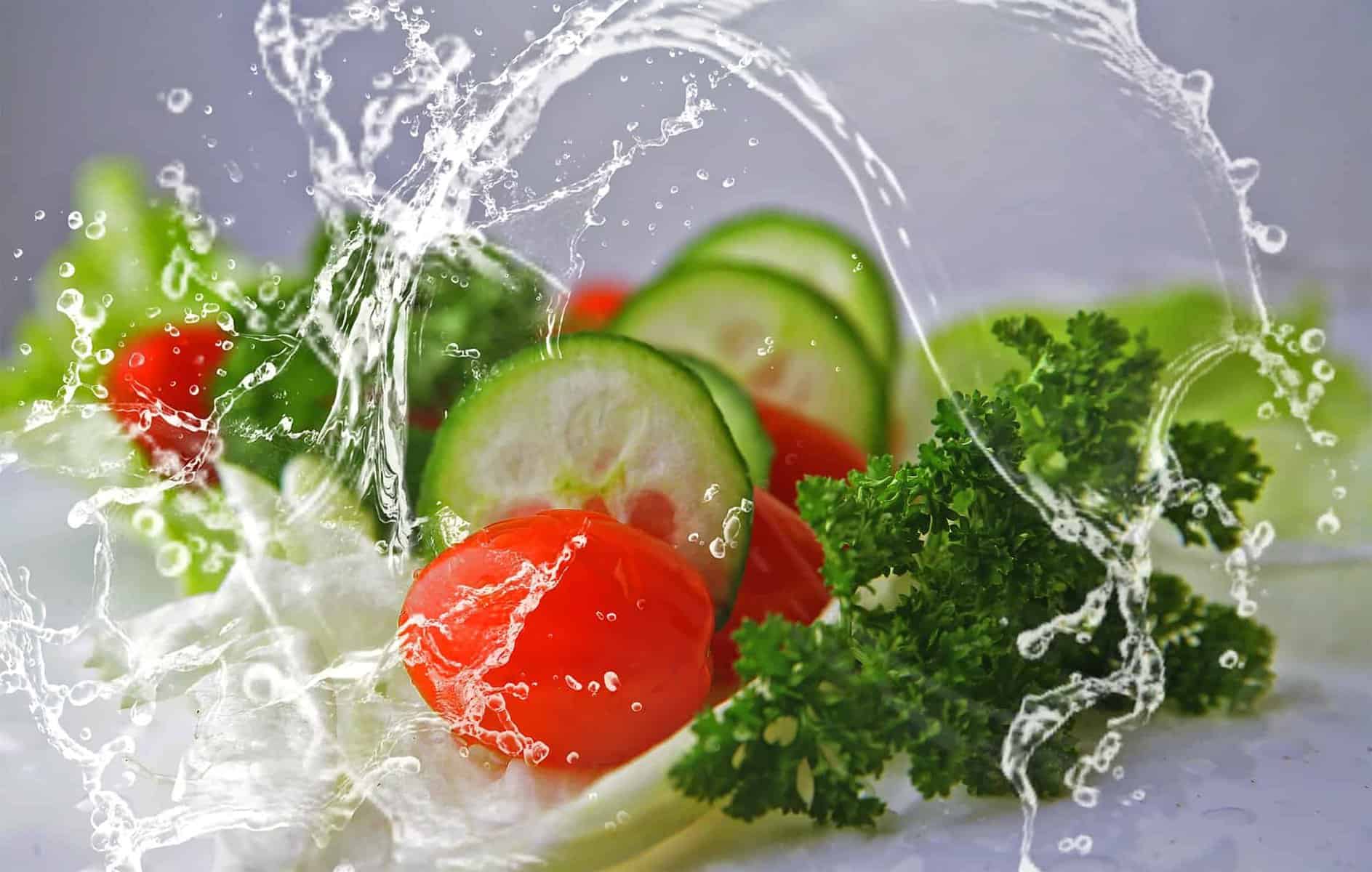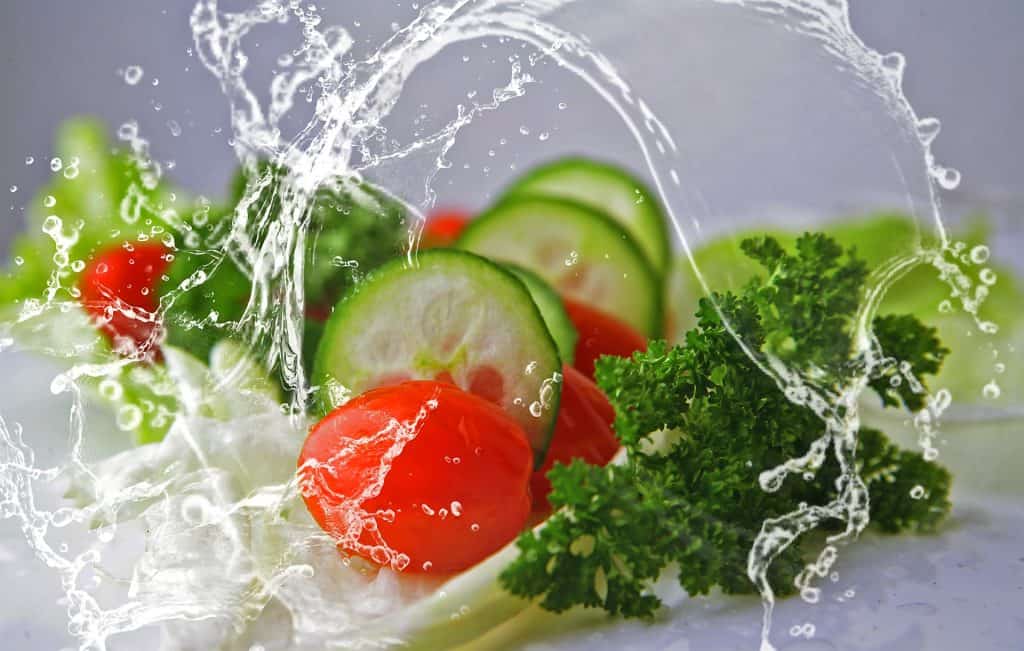Many fruits and vegetables come with their own protection, one that nature has provided. It can be infuriating to many consumers going into supermarkets or corner shops to see an additional shrink wrap protection added to these goods but, there is a good reason why this packaging solution is used and it is to reduce household food waste. The war on food waste is assisted by the packaging solutions chosen by the producer, you may be surprised to discover that the polyolefin shrink film used to cover your fruits and vegetables is promoting the lifetime of the goods and helping keep your foods as garden-fresh as possible.
Supermarkets, amongst other shops, work hard to fine tune their distribution chain and make the process as effective and quick as possible in the aim of increasing the shelf-life of their products. But, all fresh goods will at some point, unless eaten, begin to decompose. To prevent this happening too quickly and reducing the food waste both in-store and in consumers’ homes, shrink wrap amongst other packing solutions is used.
Shrink wrapping produce, as mentioned above, slows decomposition. Fruit and vegetables continue to ‘breathe’ even after they have been removed from the plant they are growing on. As the produce does this, it absorbs the air around it and releases some of the goodness it has inside. By reducing or removing the air around a product, the ‘breathing’ process is reduced or stopped, which can increase the shelf life of the produce by a considerable amount. Cucumbers are one of the most controversial fruits to be wrapped, following the success of the book ‘Why Shrink-Wrap a Cucumber: A Complete Guide to Environmental Packaging’ by Lawrence King. Findings from the book confirm that if you didn’t wrap a cucumber, it would lose three and a half percent of its overall weight in three days, when compared to a wrapped cucumber, which would only lose one and a half percent of its weight in two weeks. Wrapping becomes a no-brainer for long-lived produce.
This isn’t a ‘one fits all’ solution, and there are some fresh goods that need air circulation to increase the life span. Grapes can be purchased in plastic packaging, but the packing will have ventilation holes in it. This is because grapes need the air circulation to reduce and prevent the growth of mould.
The longer produce lasts, the less food waste there will be. Considering the resources used to produce food, it is an environmental catastrophe to let any of it go to waste. By adding a small amount of shrink wrap or another packing solution, decomposition can be postponed, which ultimately, reduces food waste worldwide.
The resources used to produce food includes water, energy, fertilisers, pesticides, transport, land and humans, amongst other vital supplies and reserves. Delaying the decay means we are making the most of these resources by eating the produce while it is still fresh, and preventing having to replace wasted food with the same costly production cycle.
Tricks to keep your fruit and veg fresh/ready to eat:
- Wrap avocados in a plastic bag to speed up ripening
- Wrap the stalks of bananas in plastic wrap to keep them fresh for longer
- Celery can lose its taste if wrapped in plastic, choose tin foil instead
- Grapes should only be wrapped in ventilated plastic.
Do you have any tips or tricks in keeping your fruit and vegetables fresher for longer? Let us know via our social media channels!



